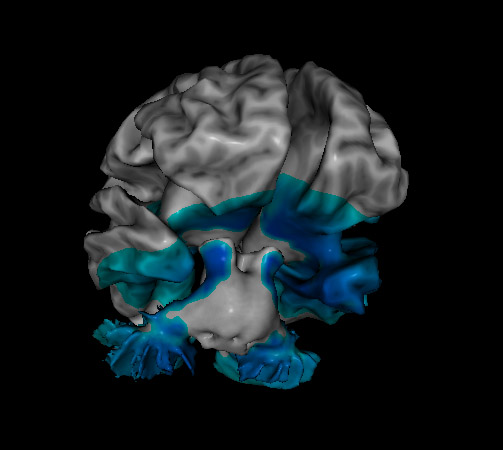Depression is one of the leading mental health diagnoses, affecting over 45 million individuals each year worldwide. It’s characterized by low mood, decreased energy, prolonged sadness, low self-esteem, hopelessness, and a lack of interest in activities. While many individuals will experience at least one depressive episode in their lives, others struggle with chronic depression that can feel debilitating and unrelenting. Regardless of the severity of the depression, it can affect work, relationships, self-esteem, and overall health. There are many schools of thought about how and why individuals develop depression and the neurophysiological roots of the disorder.
GETTING TO THE ROOTS
Deficient levels of certain neurotransmitters, like serotonin, dopamine, and norepinephrine have long been associated with depression. Many pharmaceutical depression medications like SSRIs, SNRIs, TCAs, and MAOIs attempt to correct these deficiencies and are commonly prescribed. However, recent research also suggests that electrical activity within various brain regions may be compromised. EEGs of the “depressed brain” show alpha asymmetry, with an excess of alpha in the frontal lobe, especially in the left hemisphere. This asymmetry can contribute to many depression symptoms like trouble with emotional modulation, brain fog, and concentration issues.
Similar with the anxious brain, the ways in which the amygdala and the hippocampus communicate have also been linked to lower moods and heightened stress responses. The amygdala and hippocampus are key players in the brain’s limbic system and both play important roles in emotional processing and consolidation of emotional memories. These structures can become over-active, leading to altered emotional responses and consequently overpowering some of the core functions of the frontal lobe like decision making, regulation, and focus.




HOW WE CAN HELP
The first step of any treatment package is a comprehensive assessment that includes QEEG brain mapping, LORETA 3D neuroimaging, various collateral neuropsychological testing, and a thorough discussion of symptoms and goals. This allows us to assess the brain patterns most commonly associated with depression. Both neurofeedback and neuromodulation with binaural beat technology can be used to restore healthy brain wave activity, correct alpha asymmetry, and improve communication across the brain. Biofeedback and mindfulness training can help you to gain more control over your autonomic nervous system, allowing you to modulate physiological responses like breathing, heart rate, body temperature, and muscle tension. Mindfulness is a vital skill to learn for better managing depression, as it can help you stay in the present moment, observe thoughts, and gain awareness around the core beliefs that can contribute to depression.

Whichever services you choose to engage with, we will work collaboratively with you to address your mood from an integrative lens and focus on improving your overall brain-body wellness so you can be the best version of you!
WHAT THE RESEARCH SAYS:
- Significant effect sizes for neurofeedback. A 2024 meta-analysis found a significant impact on depression symptoms and neurophysiological outcomes.
- Support as an add-on therapy. A 2023 systematic review suggests that EEG-neurofeedback (EEG-NF) can be an effective supplementary treatment, especially for patients who have not fully responded to medication. A 2021 review also concluded that neurofeedback could be a relevant complementary strategy.
- Better outcomes with longer treatment duration. The 2024 meta-analysis found that longer intervention lengths were associated with better outcomes for both depressive symptoms and neuropsychological function.
- Effective for treatment-resistant depression. A 2019 study on individuals with treatment-resistant depression (TRD) found a promising 58.3% response rate after 12 weeks of neurofeedback training.